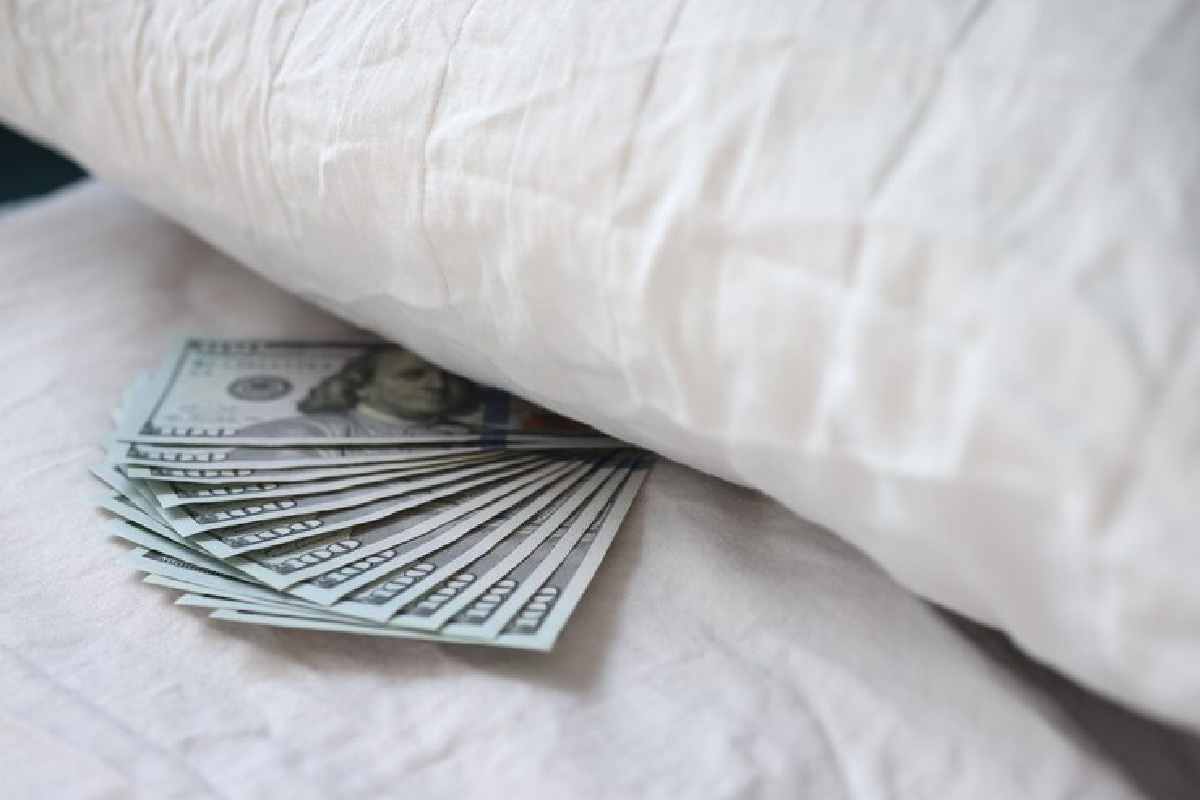A common question we receive from our clients is whether they can retain their home if they file for bankruptcy. The answer to the question of whether a debtor may retain their home in bankruptcy depends upon the amount of equity in their home, the applicable bankruptcy exemptions, and whether they are filing for Chapter 7 or Chapter 13 bankruptcy.
The New York State and Federal Homestead Exemptions
When a debtor files for bankruptcy, they can protect the equity in the home in which they live (a house, a condo, or co-op) by using the available bankruptcy homestead exemption. In New York, there are two potential homestead exemption options. One is provided by federal law and the other by state law. Debtors who file for bankruptcy in New York can choose either the federal (11 U.S. Code § 522) or state exemptions (NYCPLR § 5206 and DCL § 282). A debtor cannot choose a mix of state and federal exemptions. They must choose exemptions in one set or the other. The exemption values double if a debtor is filing jointly with their spouse who is also on the deed to the home. Given that the New York state exemption is significantly higher than the federal exemption, homeowners with equity in their property typically choose the exemption provided by state law.
In New York, the state homestead exemption for a single filer depends upon the county in which the property is located. The current homestead values are as follows:
- $179,950 in Kings, Queens, New York, Bronx, Richmond, Nassau, Suffolk, Rockland, Westchester, and Putnam counties.
- $149,975 in Dutchess, Albany, Columbia, Orange, Saratoga, and Ulster counties, and
- $89,975 in all remaining counties.
The modest federal bankruptcy homestead exemption can protect just $27,900 of equity in a principal residence. If a debtor has limited equity in their property, and chooses to use the federal exemptions, they can also avail themselves of the federal wildcard exemption which can potentially help them protect other assets. This allows them to protect any asset with a value of $1,475 plus up to $13,950 of any unused portion of the federal homestead exemption. Examples of such assets that the wildcard exemption is used to protect are money in the bank, anticipated tax refunds and additional non protected equity in a car. New York also has a modest “wildcard” exemption of $1,175, but it can only be used if no homestead exemption is being claimed.
Retaining A Home in Chapter 7 Bankruptcy
In Chapter 7 bankruptcy, a debtor is able to eliminate their dischargeable debts and receive a fresh financial start. Upon the filing of a Chapter 7 bankruptcy petition, a debtor receives the protection of the automatic stay, which prohibits any creditors from continuing any debt collection efforts, such as the enforcement of judgments through wage garnishment or restrained (frozen) bank accounts, or lawsuits, including foreclosure actions and auction dates. However, from an income perspective, a debtor must qualify for Chapter 7.
If a debtor has a higher income than the median for the state and household size in which they live, then the Means Test in the Bankruptcy Code applies. The Means Test is a budget test that uses IRS local standards for most of a debtor’s household expenses instead of the debtor’s actual expenses. The test is meant to determine if a debtor has the disposable income to fund a Chapter 13 repayment plan. Please note that the Means Test does not apply if the majority of the consumer’s debt is non-consumer debt (e.g., business debt). Furthermore, there is an exemption in the Means Test for Social Security income, as well as certain Department of Veteran Affairs and Department of Defense disability income. If a debtor is trying to retain a property and they qualify, they can quickly eliminate their unsecured debt in Chapter 7 bankruptcy and free up money in their household budget to ensure there is enough to pay their mortgage.
The answer to the question of whether a particular debtor can keep their home when they file a Chapter 7 bankruptcy depends on how much equity the homeowner has in their property. The amount of equity is determined by subtracting any mortgage loan balance(s) from the property’s fair market value. In determining the fair market value, it is recommended the debtor obtain an appraisal and not rely on internet valuation sites like Zillow or Redfin. Once the amount of equity is determined, the debtor can evaluate whether the property would be protected in a chapter 7 bankruptcy case. If a debtor files a Chapter 7 bankruptcy with unprotected equity in their home, the trustee assigned to the case may sell their property and distribute the unprotected equity to the creditors in the case.
Additionally, debtors who intend to a keep a property after filing a Chapter 7 bankruptcy, must stay current with their mortgage payments. If a debtor is behind on their mortgage or in foreclosure, they may want to consider requesting Loss Mitigation to attempt to obtain a loan modification or filing for Chapter 13 bankruptcy to save their home. In contrast to chapter 7 bankruptcy, chapter 13 provides a payment plan for which a debtor can use to pay back mortgage arrears through a 60-month payment plan described further below.
Retaining A Home in Chapter 13 Bankruptcy
Typically, in Chapter 13 bankruptcy, a debtor repays their debts in a 60-month plan that must be approved by the Bankruptcy Court and is interest-free on most debts. When a Chapter 13 bankruptcy petition is filed, the automatic stay provided under the Bankruptcy Code ceases all debt collection efforts, including foreclosure lawsuits and sale dates. If they are behind on their mortgage payments, the plan will give a debtor the opportunity fully repay their mortgage arrears and get current on their loan. Furthermore, lenders cannot turn down the Chapter 13 payments, rather they must accept the monies toward repayment of the amounts owed on the mortgage. While a debtor pays their mortgage arrears in their plan, they must resume making regular mortgage payments once their petition is filed.
The percentage of unsecured debt paid in the plan can be a very small percentage all the way up to 100% depending on the facts of the case. The factors that affect the percentage paid by the debtor include the total amount owed, the debtor’s income, expenses, assets, and the types of debt involved. Whether a debtor is paying a small percentage of their unsecured non-priority debt or 100%, a debtor’s proposed Chapter 13 plan must be feasible in order to be approved by the judge assigned to the case. Through the plan, a debtor’s various outstanding debts are consolidated into one monthly payment to a bankruptcy trustee. At the end of the plan, a debtor’s mortgage loan is reinstated, and the debtor receives a discharge of their debt.
A debtor still protects their home using the applicable bankruptcy exemptions in Chapter 13, but non-exempt equity is less of an issue since the debtor must pay in their plan what creditors would receive in a Chapter 7 bankruptcy. Therefore, a debtor with non-exempt equity would only file for Chapter 13 bankruptcy if they had the income to afford their plan payments. Without the income to pay their creditors what they would get in a Chapter 7, the debtor’s plan would be non-feasible and would not be approved by the Bankruptcy Court.
Loss Mitigation Available in Both Chapter 7 and Chapter 13 Bankruptcy
Additionally, some Bankruptcy Courts offer a loss mitigation program to encourage home retention that enables homeowners to apply for and potentially obtain a loan modification in their bankruptcy case. The program is generally available to debtors in both Chapter 7 and Chapter 13 here in the Southern District of New York as well as in the Brooklyn Division of the Eastern District of New York (which covers Kings, Queens, and Richmond counties). The Long Island/Central Islip division of the Eastern District Bankruptcy Court does not offer loss mitigation. A successful loan modification in the Bankruptcy Court’s loss mitigation program can be a homeowner’s best chance to retain their property when the debtor is unable to afford a Chapter 13 payment plan with a high loan reinstatement balance. However, it should be noted that obtaining a loan modification right now is less attractive than it was years ago because typically the interest rate in a modified mortgage loan is market rate which is approximately 8% at the present time. In contrast, in a traditional chapter 13 payment plan, a debtor can keep their current mortgage rate which is often at 3-4% if the debtor already received a prior loan modification, or refinanced their home or purchased their home just a few years ago. Financially, if affordable, it will make much more sense catching up on a past due mortgage through a chapter 13bankprypcythy plan than paying a higher mortgage rate over the life of the loan.
Contact the Law Offices of David I. Pankin, P.C.
If you have any questions about protecting your home in bankruptcy, please contact the Law Offices of David I Pankin, PC at 888-529-9600 or use our easy online contact form to schedule a free consultation. We have over 25 years of experience helping homeowners file for both Chapter 7 and Chapter 13 bankruptcy.






